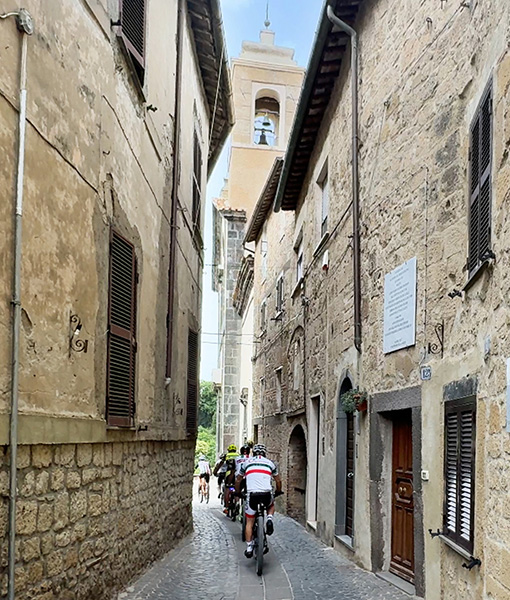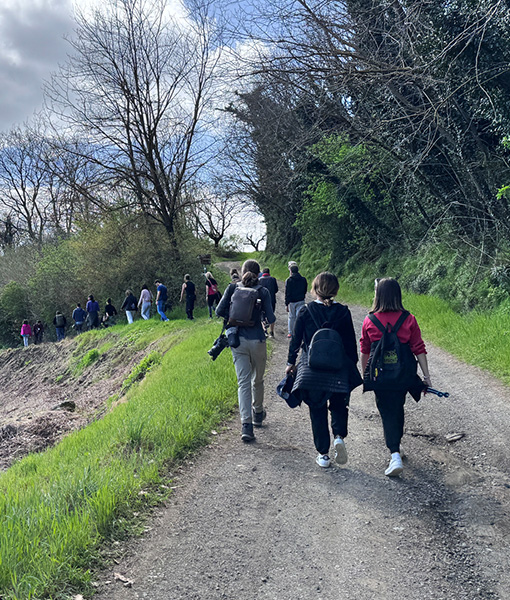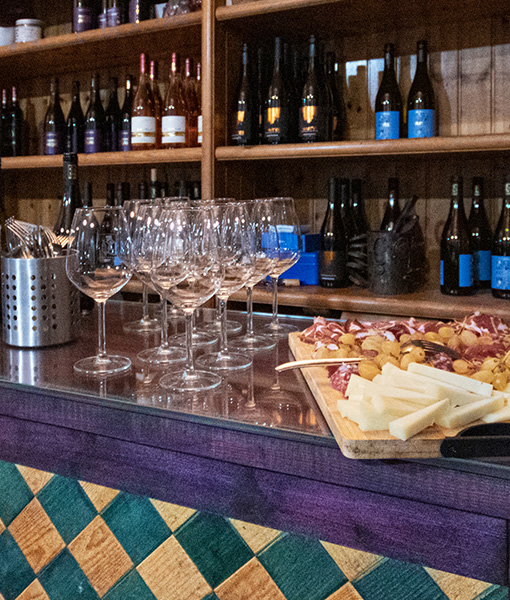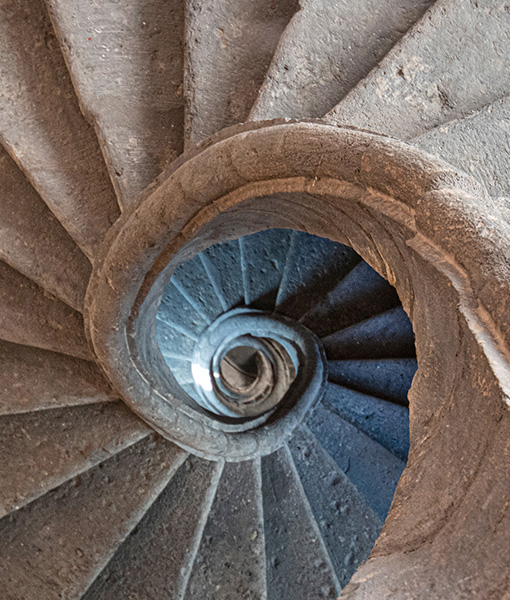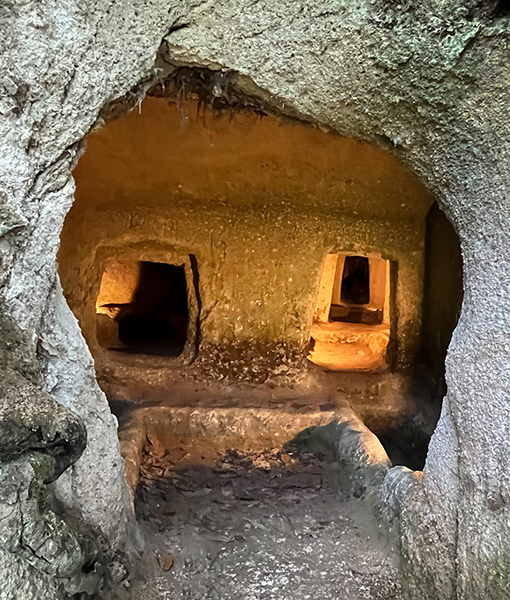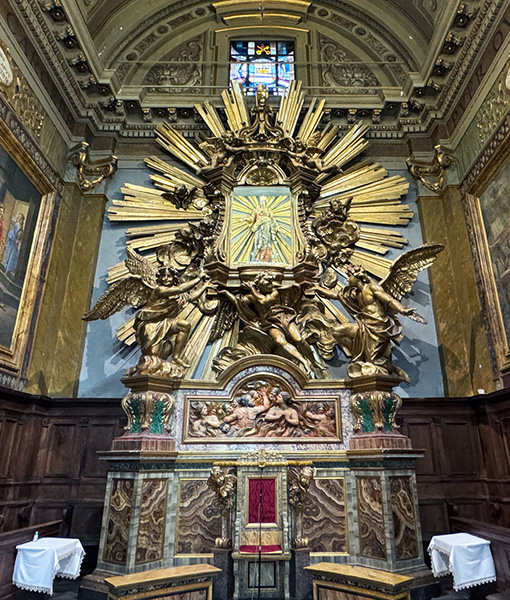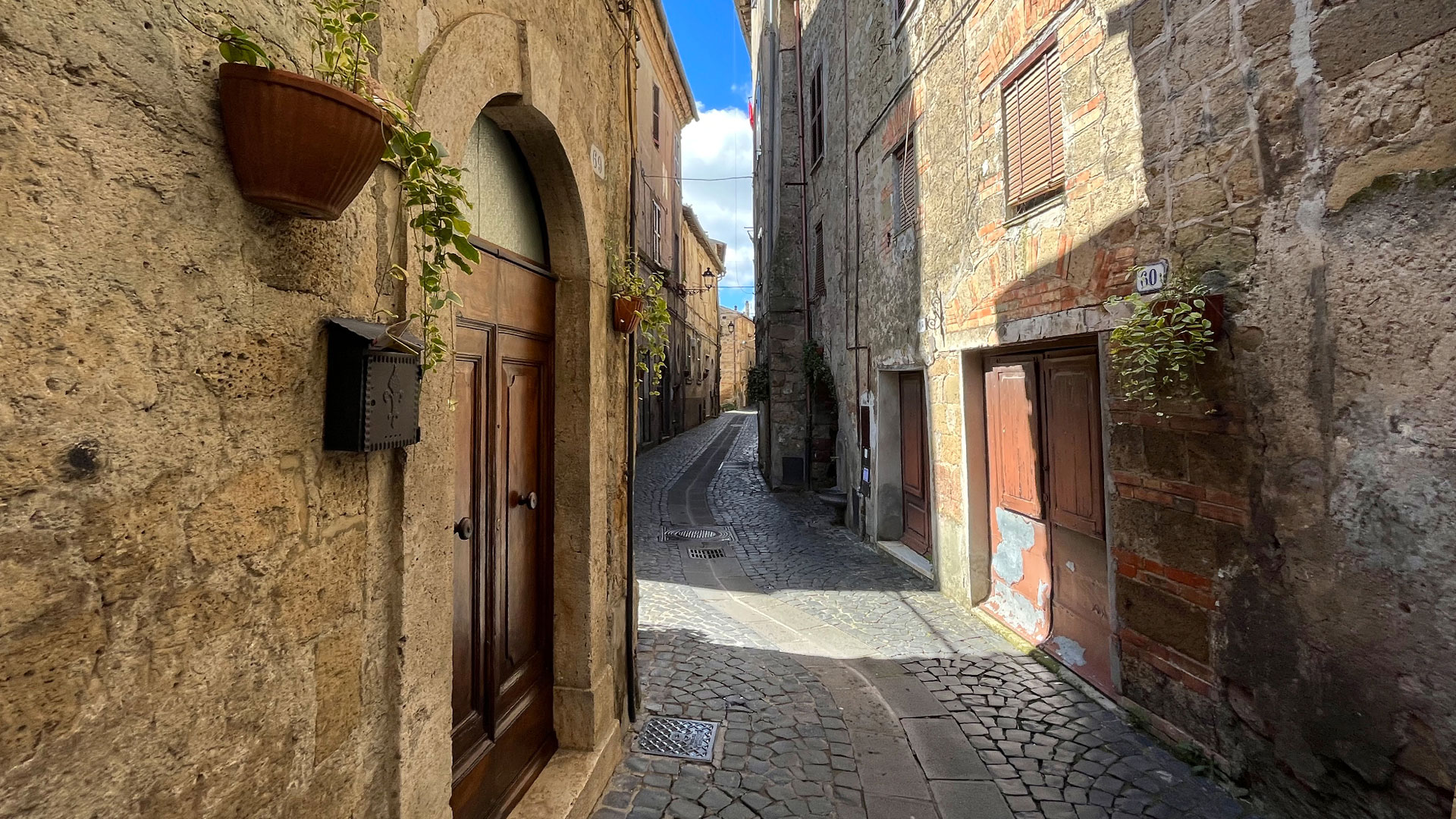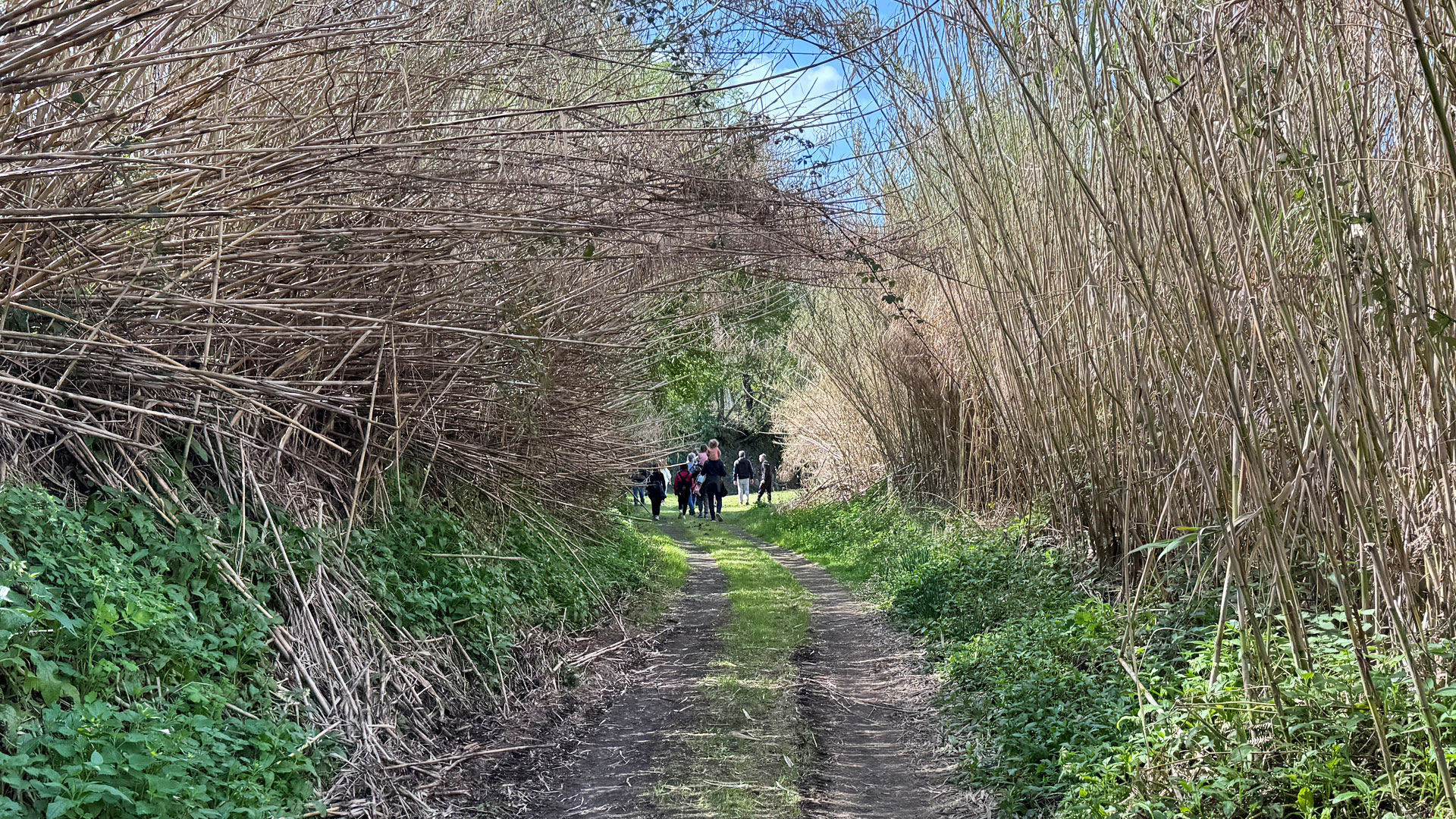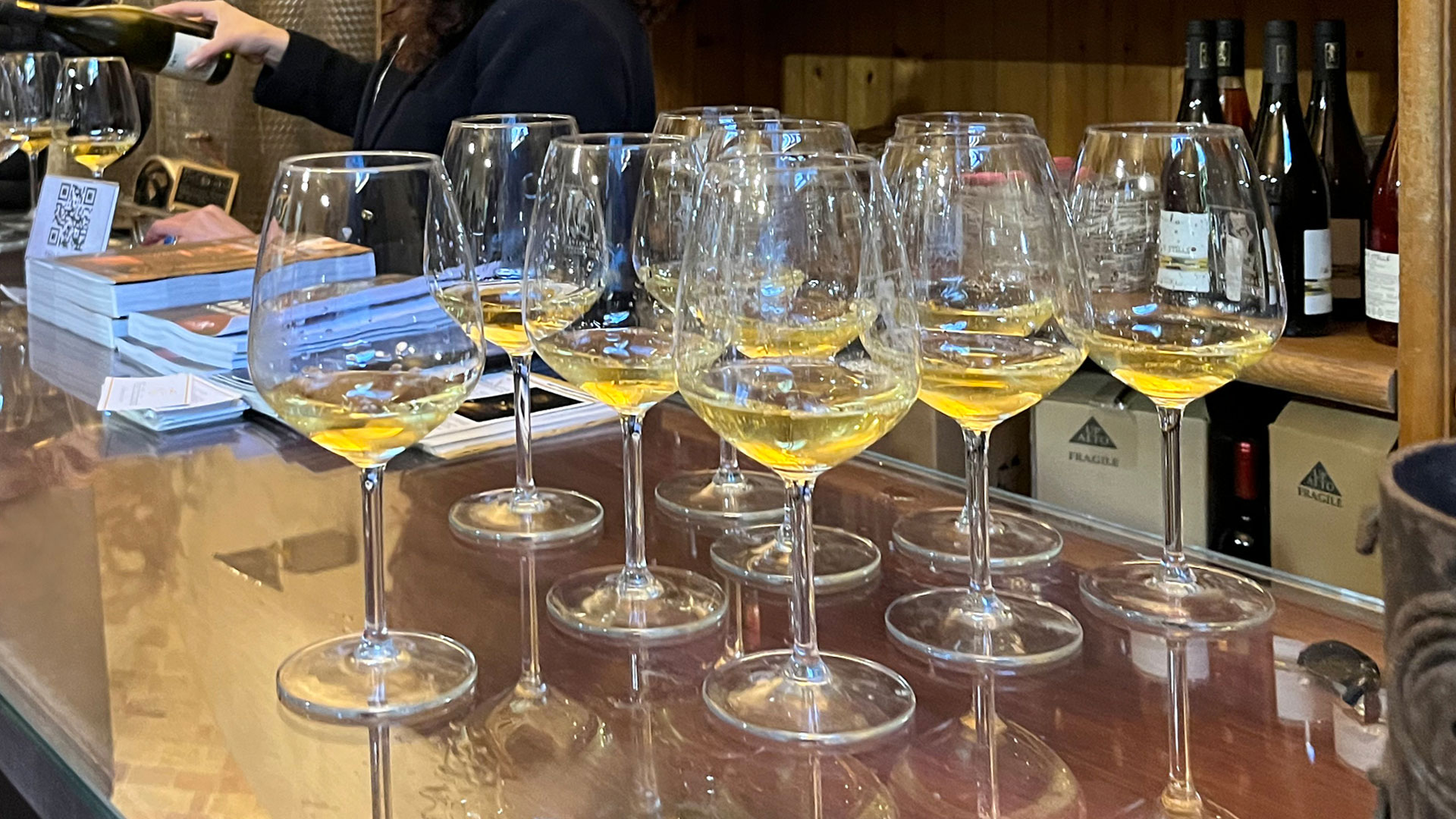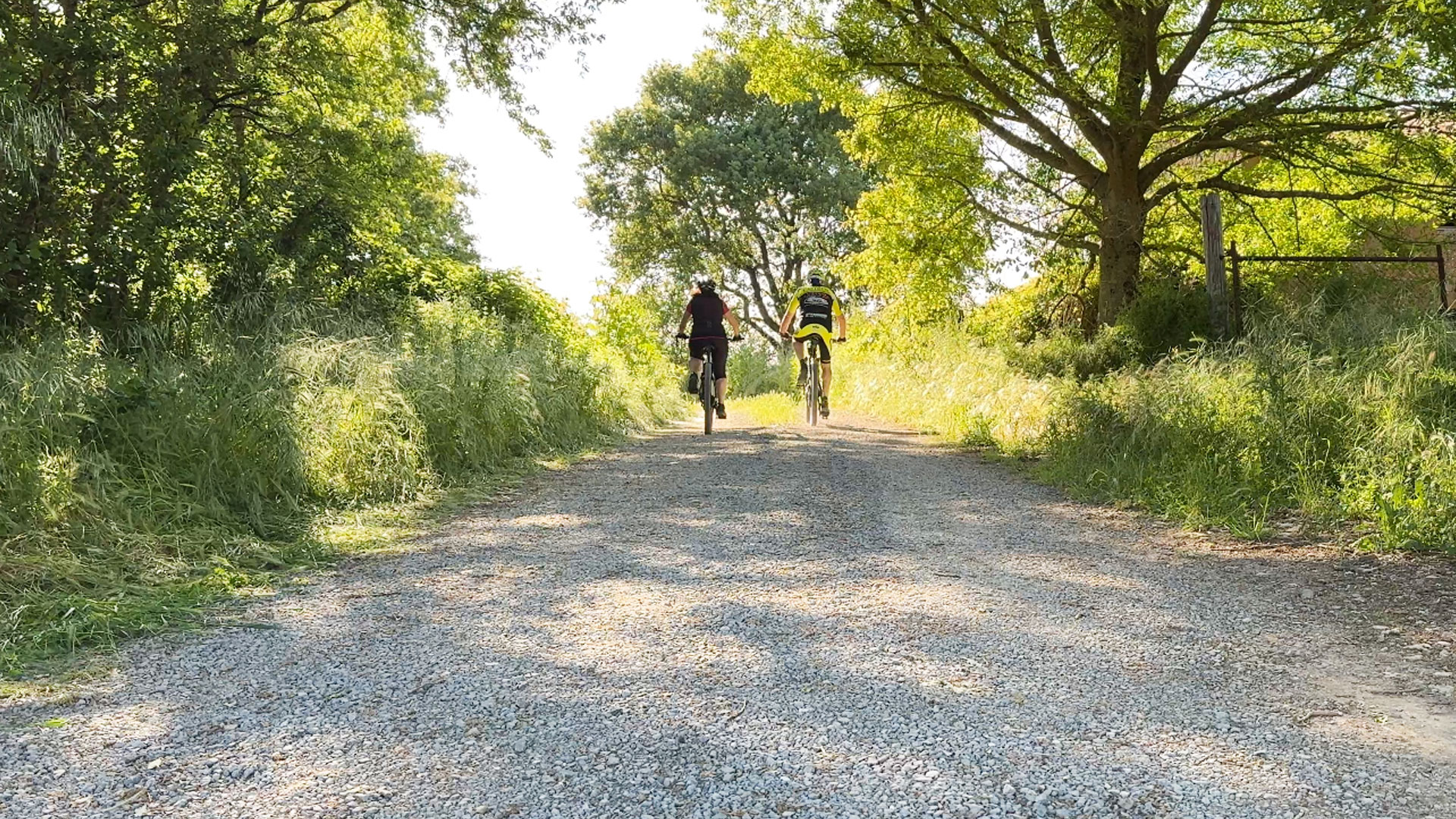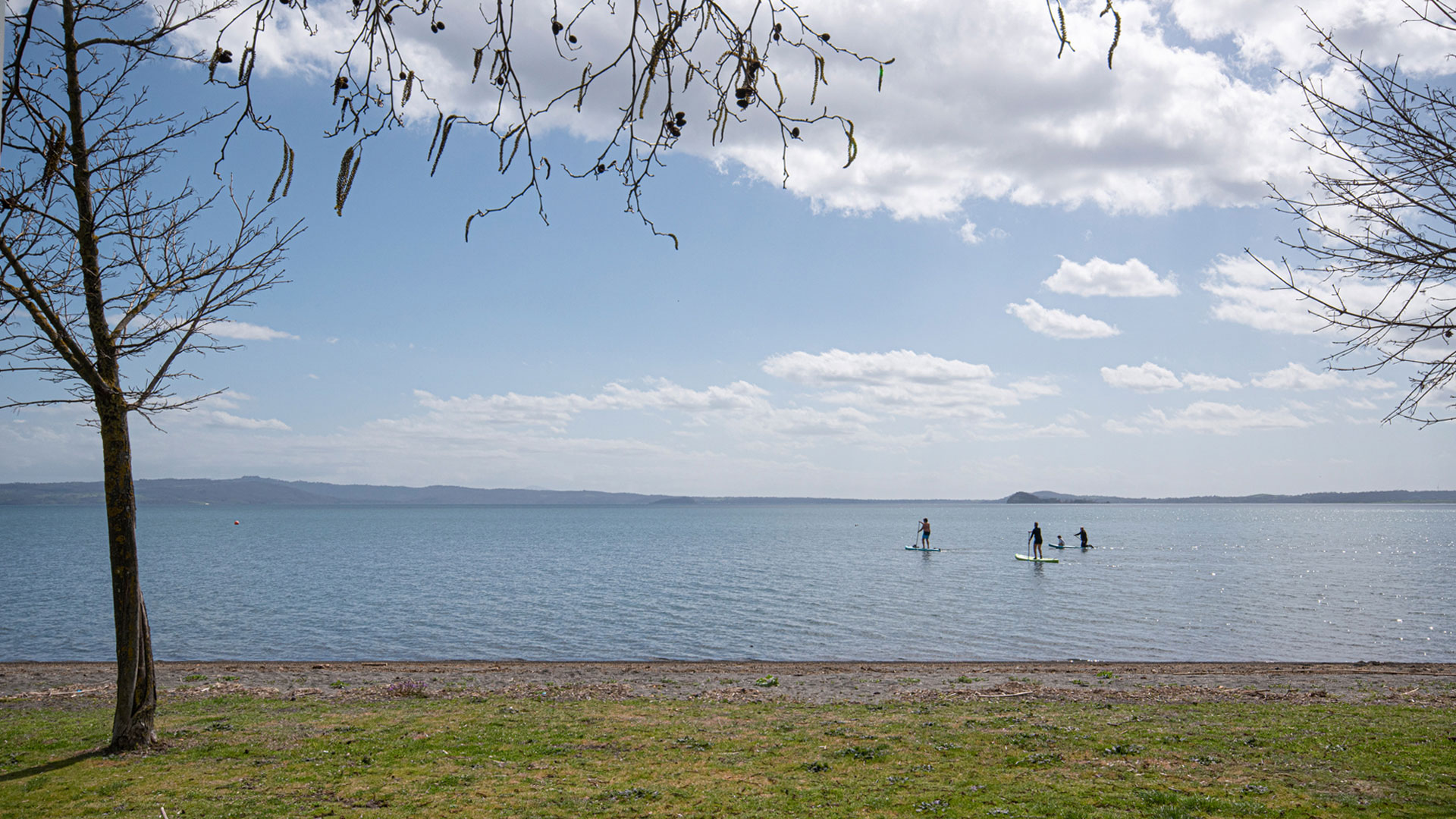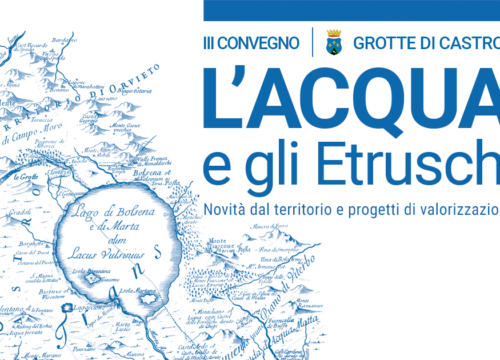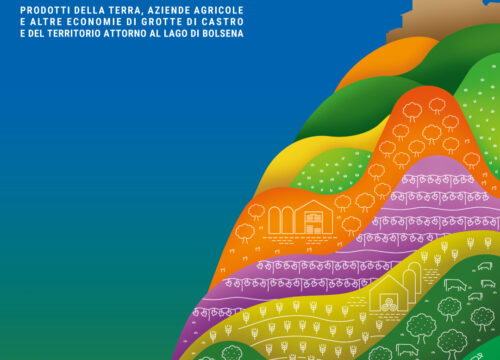Begins discovery
Ready to go?
Checkout Beautiful Places in Grotte di Castro
Let yourself be inspired
Activities
Experiences not to be missed
History
Grotte di Castro
Grotte di Castro stands in front of the hill “Civita,” site of an Etruscan settlement from the second half of the 8th century BC, which remained vital until the Lombard devastation forced the inhabitants to take refuge on the cliff, later named Castrum Cryptarum due to the many caves that had been used over time as dwellings, dovecotes, and cellars.
The village developed along a ridge path starting from the promontory overlooking the lake, where the parish church of San Giovanni (8th-10th century) once stood, now the Basilica Sanctuary of Maria SS. del Suffragio, designed by Girolamo Rainaldi (1625). Along this main axis lies the Church of San Pietro Apostolo (1118), while the fortress that defended the main entrance stood until 1346, leaving its mark in the square that still bears its name.
Still on the ridge of the cliff, surrounded by two streets connected by characteristic alleys at the top, in the second half of the 16th century, Jacopo Barozzi, known as “Il Vignola,” designed the Palace, now home to the Civita Archaeological Museum.
From 1537 to 1649, the area was part of the Duchy of Castro, after which it returned to the control of the Holy See, gaining autonomy with the Unification of Italy. During this period the Fontana Grande (1886) and the Church of San Marco (late 19th to early 20th century) were constructed outside the historic center.
Accessible tourism
Walks in the hamlet and from the hamlet to the lake.
Three routes with different levels of difficulty (low, medium, high) within the village and a route that leads from the village to the lake allow you to discover the beauty of the Grotte di Castro area.
All routes are equipped with accessible signage.
The routes touch the main points of the area and allow you to enjoy every aspect of it.
Attractions
Choose your experience
Visit
Organize the visit
Three restaurants on the lake shore and one nearby the hamlet allow you to taste the typical local products, often zero km. In bakeries and pastry shops it is also possible to find typical desserts.
The hamlet and its territory offer personalized sleeping solutions. Farmhouses, B&Bs and apartments are the accommodation facilities present, all managed by people who reside in the territory.
Trekking, bike tours, tastings, water sports, horseback riding, visits to the Etruscan necropolises, visit to the Civita Museum, visit to the sanctuary of Maria SS del Suffragio are some of the activities that can be carried out in Grotte di Castro.
Archivie
Are you an agency or a tour operator?
Recent news feed

